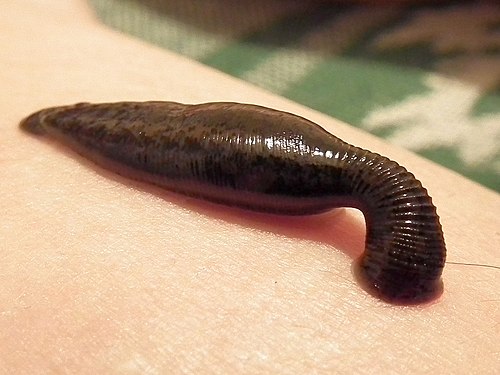 The Wikipedia article of the day for October 22, 2020 is Battle of Goodenough Island.
The Wikipedia article of the day for October 22, 2020 is Battle of Goodenough Island.The Battle of Goodenough Island was a battle of the Pacific campaign of World War II fought between 22 and 27 October 1942. Japanese forces had been stranded on Goodenough Island, Papua, during the Battle of Milne Bay. Aircraft and ships headed from Milne Bay to Buna and vice versa had to pass close to Goodenough Island, and a presence on the island could provide warning of enemy operations. The island also had flat areas suitable for the construction of emergency airstrips. The Allies attacked the island prior to the Buna campaign. A force consisting of the Australian 2/12th Battalion and attached units landed on the southern tip at Mud Bay and Taleba Bay on 22 October and, following a short but heavy fight, during which the Australians found it difficult to advance, the Japanese forces withdrew to Fergusson Island on 27 October. The island was developed by the Allies after the battle and became a major base for operations later in the war.

 The Wikipedia article of the day for October 21, 2020 is
The Wikipedia article of the day for October 21, 2020 is  The Wikipedia article of the day for October 20, 2020 is
The Wikipedia article of the day for October 20, 2020 is  The Wikipedia article of the day for October 19, 2020 is
The Wikipedia article of the day for October 19, 2020 is  The Wikipedia article of the day for October 18, 2020 is
The Wikipedia article of the day for October 18, 2020 is  The Wikipedia article of the day for October 17, 2020 is
The Wikipedia article of the day for October 17, 2020 is